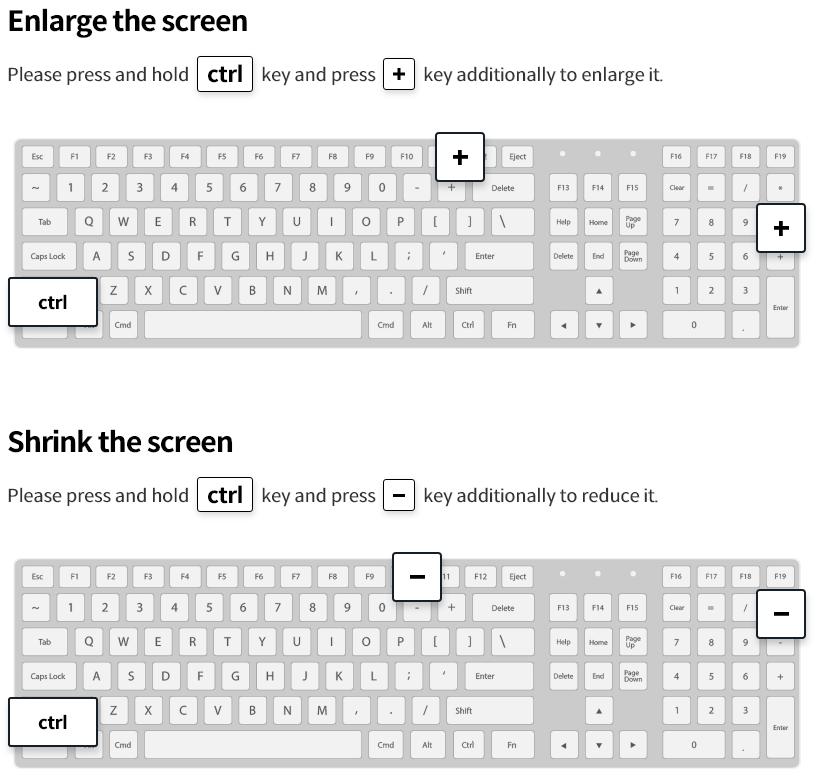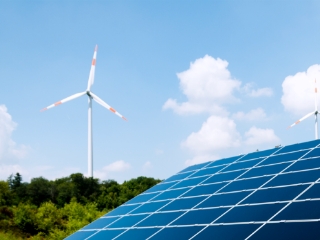The Export-Import Bank of Korea announced on March 29 that it will provide USD 58 million in Economic Development Cooperation Fund (EDCF)* for two Vietnamese projects: the Solar Cell Project of Quang Binh Province and the Long Xuyen Sewerage, Drainage and Wastewater Treatment System Project.
* EDCF is an economic assistance fund for developing countries offering long-term, low interest rate loans to support their industrial development and economic stabilization. EDCF was established by the Korean government in 1987 to increase cooperation with developing countries. As of February 2012, EDCF has supported 277 projects in 49 countries, with approved support totaling KRW 8.235 trillion.
Chairman Yong Hwan Kim of the Export-Import Bank of Korea met with Minister Vuong Dinh Hue of the Ministry of Finance of Vietnam in the Prime Minister’s Office to sign the loan agreement.
Prime Minister Hwang-sik Kim of Korea and Prime Minister Nguyen Tan Dung of Vietnam was in attendance for the signing.
The Solar Cell Project of Quang Binf Province will install solar batteries in 55 remote mountain villages* in Quang Binh Province.
* Residents of the villages are minorities and represent Vietnam’s poorest population; the per capita gross domestic product (GDP) of village residents is USD 80, or 6.6% of the per capita GDP of Vietnam (USD 1218).
At the center of this region is Phong Nha - Ke Bang, designated a World Natural Heritage by UNESCO, making it difficult to install even the most basic power supply networks.
The solar cell generator was selected as an alternative to costly detour power transmission and distribution network for the remote village.
The Bank will provide USD 12 million in EDCF for this project.
The funds will be used to install 4834 solar batteries with a collective capacity of 1.02MW in 55 villages.
Upon completion of the project, 1517 households and 78 public facilities will be able to power televisions, lights, and personal computers.
In particular, as Korean companies participated in the project from design to construction, Korean companies gained experience in overseas projects and the chance to demonstrate the superiority of Korean equipment. As such, this project is anticipated to contribute their expansion into the ASEAN market.
On a separate note, the Bank will also provide USD 46 million in EDCF for the Long Xuyen Sewerage, Drainage and Wastewater Treatment System Project.
The project aims to construct a wastewater treatment facility, pumping stations, and sewerage pipelines to prevent environmental pollution and the spread of water-borne diseases.
The project is expected to decrease water-borne diseases by 20% and increase population with access of sewage system to 60% from its prior non-existent levels.
Similar to the Solar Cell Project, project participation by Korean companies from design to construction is anticipated to strengthen the competitiveness of Korean companies in future water and sewage projects in Vietnam.
After signing the agreement, Chairman Kim expressed, “Energy from the sun is the best power source for mountainous regions as access to the national power network is difficult. This project will not only improve the standard of living for the residents, but also help Korean participation in future new and renewable energy projects overseas.”


